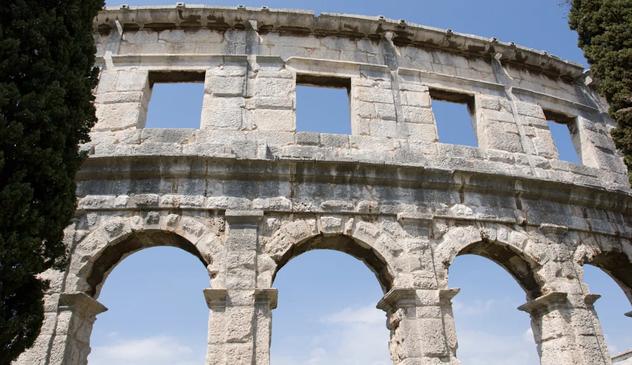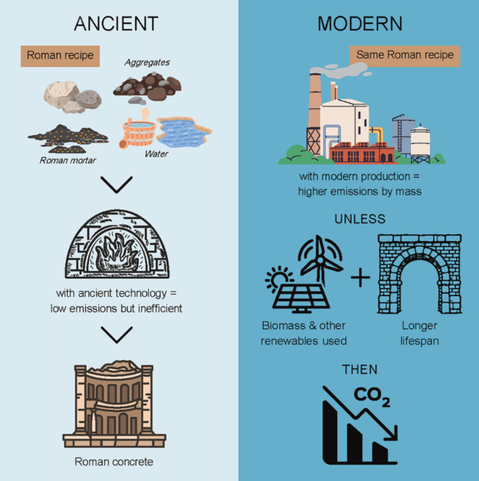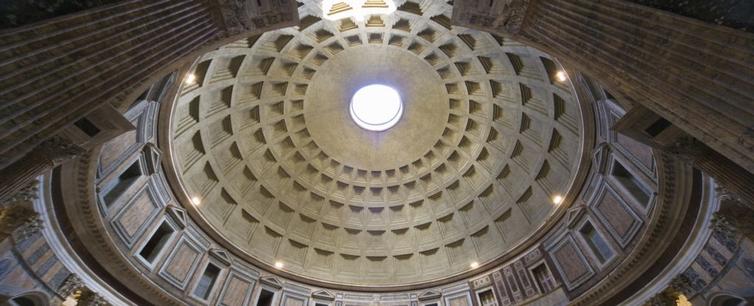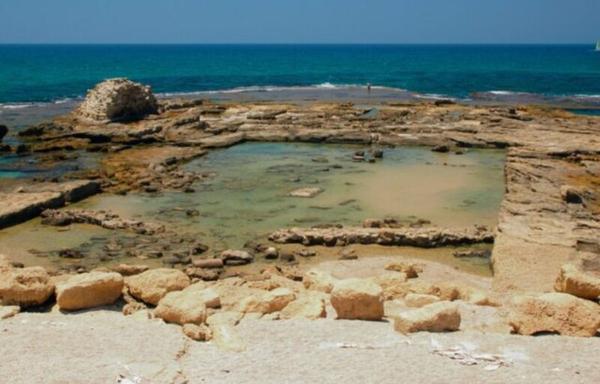Scientist makes groundbreaking discovery while studying ancient Roman technique for concrete: 'We have a huge potential'
by Calvin Coffee
Sun, August 31, 2025
"Concrete has a massive carbon footprint. One researcher from the University of Auckland is working to reduce it by studying ancient #Roman techniques. Using natural volcanic materials and industrial byproducts, he's incorporating #pumice and #seashells to create an #EcoFriendly, traditional alternative.
"At the Structures Testing Laboratory in Newmarket, New Zealand, Enrique Del Rey Castillo blends volcanic ash and kaimoana shells as replacements in the cement-making process, leveraging their #SelfHealing properties, which can repair cracks over time through natural chemical reactions.
"This initiative is crucial, as concrete is one of the world's most polluting materials, with global cement production accounting for 8% of total carbon emissions, contributing to rising global temperatures and increasing health risks.
"Del Rey Castillo has spent years testing how local materials can serve as sustainable alternatives. After focusing on conventional substitutes such as fly ash, he shifted to natural materials available nearby.
" 'I realised we have a huge potential in New Zealand with the use of natural #volcanic materials and #byproducts of primary industries,' Del Rey Castillo said.
"Concrete is essential for constructing bridges, roads, dams, and buildings, but its production releases over 4 billion tons of carbon dioxide annually. Calcining cement-primary materials at 1,500 degrees Celsius in a kiln emits large amounts of carbon dioxide and produces chemical reactions. Each pound of concrete releases 0.93 pounds of carbon dioxide.
"Pumice, however, doesn't require the energy-intensive calcining process; it just needs to be dried at 100 degrees Celsius to remove moisture before being ground into a fine powder. 'The carbon footprint is about 8-10% of the carbon footprint of cement,' Del Rey Castillo explained."
Read more:
https://www.yahoo.com/news/articles/scientist-makes-groundbreaking-discovery-while-184500351.html
#SelfHealingConcrete #RomanConcrete #ReusingByproducts #Concrete #CarbonFootprint #Infrastructure #SolarPunkSunday #AncientTechnology




